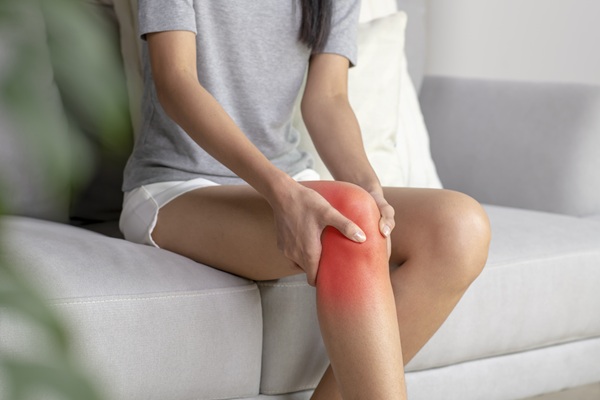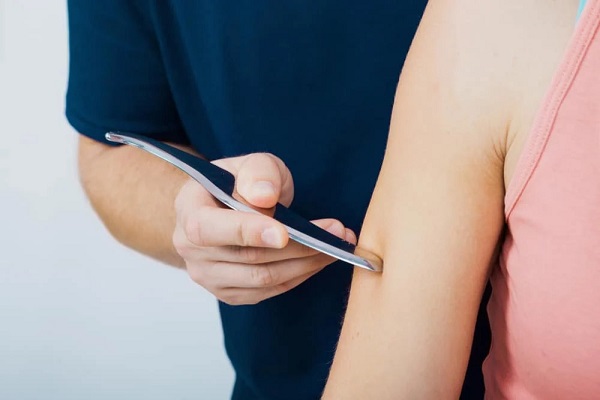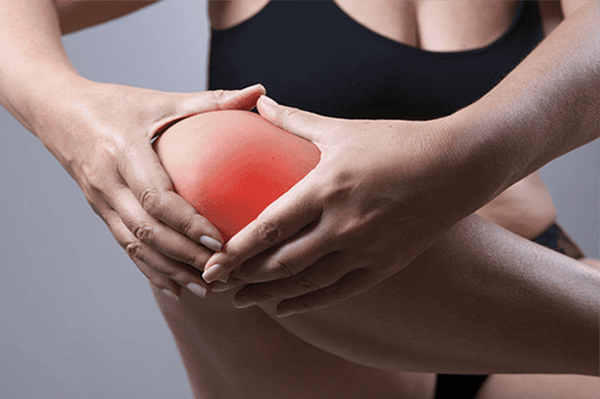A knee ligament sprain is one of the most common sports injuries, particularly among those who play soccer, basketball, run, or engage in sports requiring rapid movements. This injury can cause pain, swelling, and limited mobility, significantly impacting athletic performance. However, with proper recovery methods, athletes can safely and quickly return to the field. In this article, we will explore knee ligament sprains, their causes, symptoms, prevention strategies, and effective treatment options, tailored especially for sports enthusiasts in the coastal city of Vung Tau, where outdoor sports activities are highly popular.
What is a Knee Ligament Sprain?

A knee ligament sprain occurs when one or more ligaments in the knee are overstretched or partially torn due to excessive force, such as sudden twisting or impact. The knee joint has four primary ligaments: the anterior cruciate ligament (ACL), posterior cruciate ligament (PCL), medial collateral ligament (MCL), and lateral collateral ligament (LCL). Knee ligament sprains are classified into three grades:
-
Grade 1: Mild stretching of the ligament without tearing, causing slight pain and minimal swelling.
-
Grade 2: Partial tearing of the ligament, leading to moderate pain, swelling, and knee instability.
-
Grade 3: Complete ligament tear, resulting in severe pain, significant swelling, and loss of knee stability.
According to the Cleveland Clinic, knee ligament sprains are common among athletes due to repetitive movements or high-impact collisions. In Vung Tau, where many enjoy beachside running or playing soccer on artificial turf, this injury is a growing concern.

Causes of Knee Ligament Sprains
Several factors contribute to knee ligament sprains, including:
-
Sudden Movements: Twisting, abrupt stopping, or rapid changes in direction during running can strain ligaments.
-
Direct Impact: Collisions with opponents or falls during sports activities.
-
Improper Training Techniques: Inadequate warm-up or incorrect jumping and running techniques.
-
Weak Surrounding Muscles: Weak quadriceps or hamstrings increase stress on ligaments.
-
Unsuitable Playing Surfaces: Hard or uneven surfaces heighten injury risk.
-
Inappropriate Footwear: Sports shoes lacking proper foot and ankle support.
Residents of Vung Tau, particularly those who frequently play sports at beachside fields or parks, should pay attention to technique and equipment to reduce the risk of knee ligament sprains.

Symptoms of Knee Ligament Sprains
Recognizing the symptoms of a knee ligament sprain is crucial for timely treatment. Common signs include:
-
Knee Pain: Sharp or dull pain, especially when moving or pressing the affected area.
-
Swelling: Swelling around the knee, sometimes accompanied by bruising.
-
Knee Instability: A feeling of looseness or unsteadiness when walking or standing.
-
Limited Mobility: Difficulty fully bending or straightening the knee.
-
Popping Sound: Some individuals hear a “pop” at the time of injury.
-
Pain with Weight-Bearing: Increased pain during running, jumping, or climbing stairs.
If you experience these symptoms, especially after sports activities, seek evaluation at a reputable healthcare facility. In Vung Tau, Nguyen Tung Chiropractic Clinic (nguyentungchiro.com) offers non-invasive treatments to support injury recovery.

How to Prevent Knee Ligament Sprains
Preventing injuries is key to maintaining athletic performance. Here are effective strategies to protect your knees:
1. Warm Up Thoroughly Before Sports
-
Perform warm-up exercises like light jogging, knee rotations, and muscle stretches for 10-15 minutes to improve blood flow and prepare muscles.
-
Focus on exercises strengthening the quadriceps and hamstrings to support the knee joint and reduce the risk of knee ligament sprains.
2. Use Proper Equipment
-
Choose sports shoes with non-slip soles and good ankle support.
-
Use knee braces or supports if you have a history of knee injuries.
3. Train with Proper Technique
-
Learn to land correctly when jumping to minimize knee stress.
-
Avoid sudden knee twists while the foot is planted on the ground.
4. Strengthen Supporting Muscles
-
Exercises like squats, lunges, or planks strengthen muscles around the knee, reducing the risk of knee ligament sprains.
Treatment Options for Knee Ligament Sprains
Effective treatment can accelerate recovery and prevent further damage. Common approaches include:
1. Non-Invasive Treatments
-
R.I.C.E. Protocol: Rest, Ice, Compression, and Elevation reduce swelling and pain in the early stages.
-
Physical Therapy: Targeted exercises restore strength and mobility. Visit Nguyen Tung Chiropractic Clinic (nguyentungchiro.com) for tailored recovery exercises.
-
Chiropractic Care or Massage: These therapies improve circulation and relax surrounding muscles.
2. Medications
For severe pain or swelling, doctors may prescribe pain relievers (e.g., acetaminophen) or nonsteroidal anti-inflammatory drugs (NSAIDs). Avoid overusing medications to prevent side effects.
3. Surgical Intervention
In cases of Grade 3 sprains or complete ligament tears, reconstructive surgery (e.g., ACL reconstruction) may be necessary. However, this is a last resort when other treatments fail.
4. Lifestyle and Nutrition
-
Maintain a healthy weight to reduce knee joint stress.
-
Consume protein-rich foods (chicken, fish, eggs) and vitamin C (citrus fruits) to support tissue repair.

Conclusion
According to trusted sources like the Cleveland Clinic and Vinmec, combining prevention with early treatment is critical for recovering from a knee ligament sprain. If injured, avoid continued activity and seek professional care. At Nguyen Tung Chiropractic Clinic in Vung Tau, we provide non-invasive therapies to help athletes return to the field quickly and safely.
Knee ligament sprains are common but manageable with proper prevention and treatment. By warming up thoroughly, using appropriate equipment, training correctly, and scheduling regular checkups, you can protect your knees and maintain peak performance. For those in Vung Tau needing support for sports injuries, visit nguyentungchiro.com for expert care from our experienced team.
Physical therapy is a long-term treatment combining physical therapy with targeted exercises. Patients must remain consistent and follow the prescribed treatment schedule. Reharb & Recovery Nguyen Tung Center is a leading rehabilitation and physical therapy center in Vung Tau. Our physical therapy methods are tailored flexibly to suit each patient’s pain condition and unique physiology.
Free consultation and condition assessment at Andora Orthopedic Clinic:
- Address: 123 Truong Cong Dinh, Vung Tau Ward, HCM City
- WhatsApp/Viber: (+84)87724 7272
- Facebook | X (Twitter) | Tiktok
Learn more about Musculoskeletal Disorders and Nutrition plans to effectively care for and restore musculoskeletal health.









